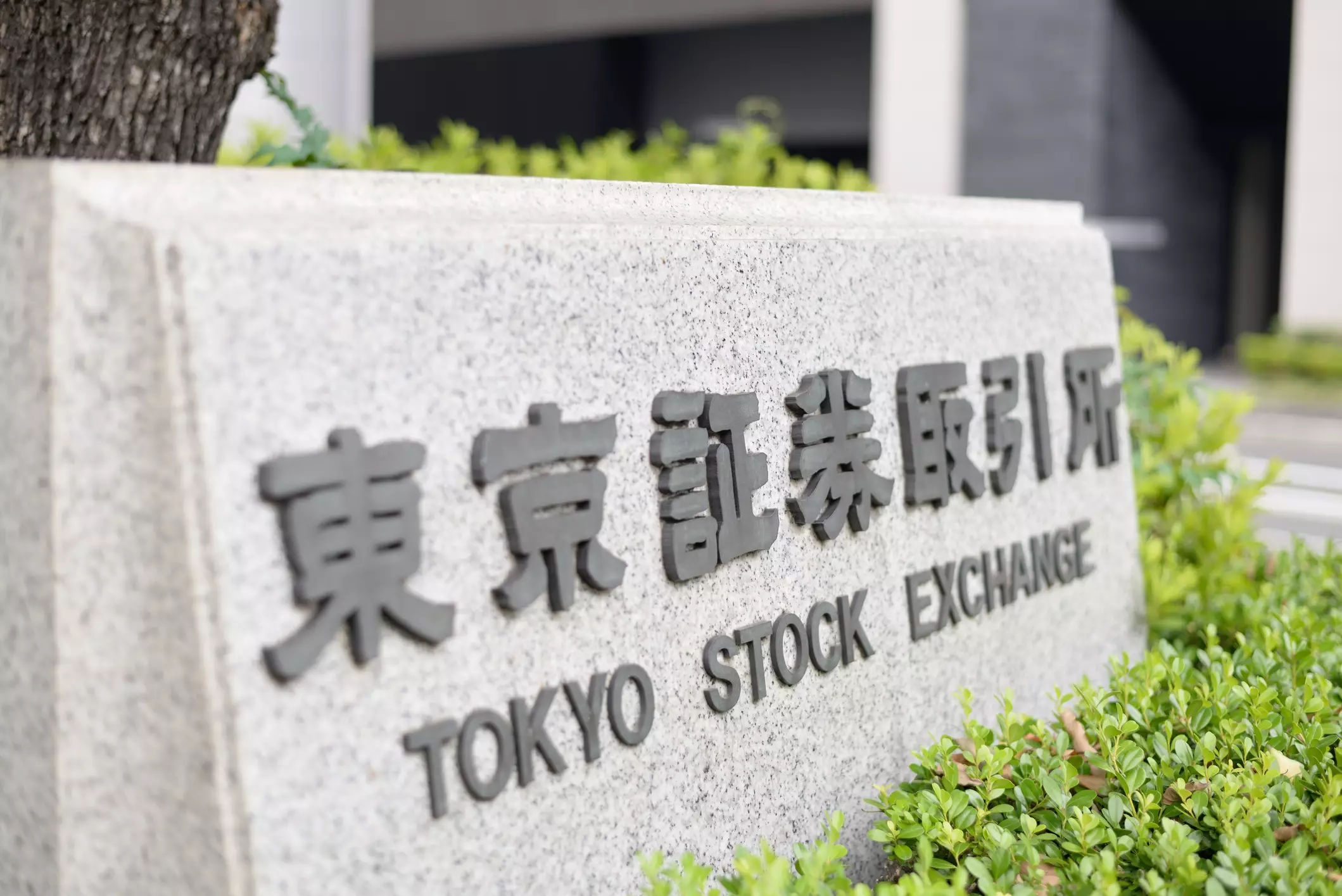Recently, the Nikkei 225 index has captured headlines by surging past the psychologically significant 40,000-point level—an event that hasn’t occurred in half a year. At first glance, this breakthrough suggests robust investor confidence, buoyed by several favorable factors. A reduction in geopolitical tensions, notably a ceasefire between Iran and Israel, brought much-needed relief to global markets. This easing of risk has not only invigorated Japanese stocks but also propelled U.S. indices like the Nasdaq 100 to record highs. Similarly, softer rhetoric on trade war prospects from the White House—highlighted by a flexible approach to tariff implementation—has further smoothed investor nerves. Adding fuel to this optimism, Japan’s latest inflation data shows a slowdown, with core consumer prices easing from 3.6% to 3.1%, signaling less pressure on the economy and potentially more accommodative monetary policies.
All these elements collectively paint a picture of strength and recovery, enabling the Nikkei to push its way above an important technical barrier. The market, in essence, seems to be riding a wave of hope supported by tangible improvements in both macroeconomic and geopolitical arenas.
Why the Rally Might Be More Fragile Than It Appears
Despite this encouraging scenario, a more critical examination reveals cracks beneath the surface. The upward trajectory is confined within a clearly defined channel, nearing its upper edge—a classic warning that the current rally may be overstretched. Technical indicators, specifically the Relative Strength Index (RSI), confirm the overbought state of the market. This condition often foreshadows an imminent correction or pullback, suggesting that traders might soon start locking in profits, prompting prices to retrace.
Historically, the Nikkei has flirted with the 40,000 mark multiple times since October 2024, only to fall back each time. This repeated failure to sustain the breakout hints at an ongoing struggle between bullish enthusiasm and underlying market resistance. Such patterns are not mere whims; they often reflect deeper structural hesitations within investor sentiment and market liquidity.
The potential consequence of this behavior is a “false breakout,” where prices cross an important threshold only to retreat sharply afterward. If history repeats itself, the Nikkei may descend once again toward the middle of its established upward channel, disproving premature calls of a sustained rally.
The Dangers of Overreliance on Psychological Barriers
Psychological price levels like 40,000 points play a substantial role in market psychology—they embody collective investor beliefs and act as magnets for trading behavior. However, they can also create blind spots, misleading traders into overestimating the durability of a move simply because it has crossed a round-number benchmark. The Nikkei’s past struggles in maintaining its footing above 40,000 demonstrate the dangers of relying too heavily on these symbolic thresholds without sufficient confirmation from broader market dynamics.
Furthermore, geopolitical relief and easing trade tensions, while real positives, can be fragile and subject to rapid reversal. The complex interplay of global economics, politics, and investor psychology means that optimism, however justified, must be tempered with prudence and a willingness to adapt quickly to changing conditions.
Why a Measured Approach Remains the Investor’s Best Path
Investors looking at the current state of the Nikkei 225 should interpret the recent surges less as definitive triumphs and more as invitations to reassess risk tolerance. The data encourages participation but demands vigilance. Understanding the fine line between genuine breakout and fleeting rally can prevent costly mistakes and highlight opportunities for more strategic entries upon any inevitable pullbacks.
In this sense, the Nikkei isn’t just reflecting Japan’s economic conditions—it is encapsulating universal market psychology where hope and caution coexist uneasily. Embracing this paradox is essential for navigating the complex terrain of today’s equity markets.

